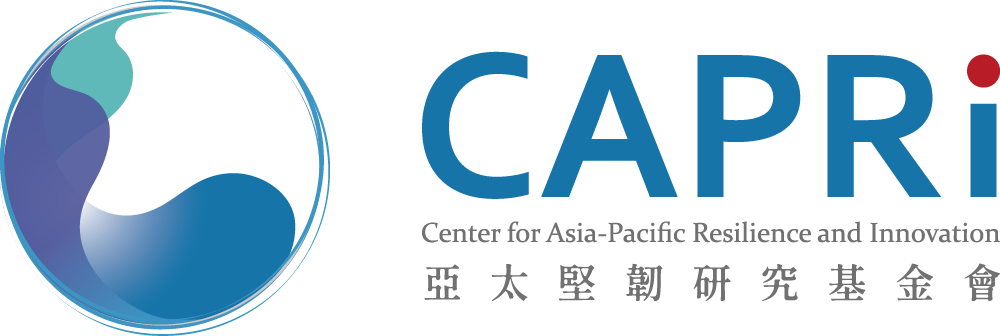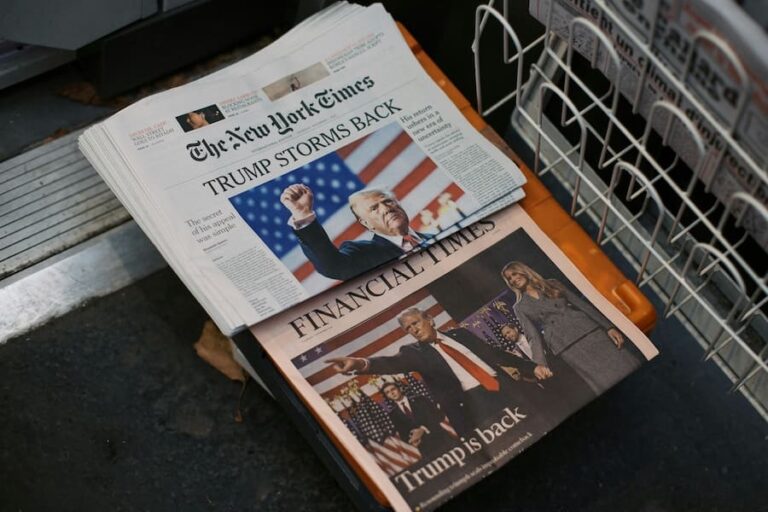The Western rhetoric against Beijing is becoming more pronounced than ever. China was frequently mentioned in this year’s G-7 summit because of its attempts at political, economic, and military dominance. Political drama notwithstanding, some hard truths remain for economies in the Asia Pacific: Although accusing China of undermining the rules-based economic order is an easy stance to adopt, building resilient partnerships amid economic fragmentation is the harder step to take. Countries in the region must better prepare for an uncertain economic future, and they cannot do so alone.
Amid the surge of right-wing popularity in the European Parliament elections this month and the economic implications of a possible Trump 2.0 presidency, the Asia-Pacific continues to deal with the consequences of economic de-risking – a trend that has spanned from Washington to Brussels and has been profoundly impacting future-oriented industries from semiconductors to electric vehicles. Stakeholders in Asia find themselves caught between their strategic partnerships with the United States and their economic interdependence with China. Unfortunately, neither superpower can provide the solutions required for the Asia-Pacific region, which is poised to drive global economic growth in the coming decades.
Unlike the United States’ realizations in hindsight and Europe’s recent hesitation concerning China, Asian economies were among the first to recognize and respond to the risk of overdependence on the Chinese economy. For instance, Beijing’s rare earths embargo against Japan after a flare-up in a maritime dispute in 2010 served as a wake-up call for Tokyo to reexamine the resilience of its rare earth minerals supply chain.
Asymmetric interdependence brings vulnerability, as Professor Yul Sohn of the East Asia Institute noted this May at the Center for Asia-Pacific Resilience and Innovation’s Annual Forum. In the past decade, South Korea, Australia, and other countries facing Chinese economic coercion have actively diversified their economic partnerships. This year, ASEAN countries’ exports to the United States exceeded those to China.
No other place illustrates the challenge of the China dilemma more vividly than Taiwan, whose most important economic partner is also its biggest security threat. While Taiwan was among the first to thrive by taking advantage of economic interdependence with China, measures similar to the “reverse CFIUS” have been in place for decades to regulate Taiwanese investments in the Chinese market. Given Taiwan’s lower trade dependence on China compared to 8 years ago, the impact of Beijing’s latest termination of preferential tariff treatment for 134 Taiwanese exports under the Economic Cooperation Framework Agreement is expected to be limited. Still, the Chinese market today hosts half of Taiwan’s cumulative outward investment, with a heavy focus on high-tech manufacturing, reflecting the difficulties of economic decoupling in an integrated global economy.
Managing the China dilemma is only one side of the challenge facing Taiwan and others in the region caught in the China-U.S. rivalry. Unilateral moves by Washington against Beijing in strategic industries have resulted in significant pressure on other countries to comply, creating an equally difficult situation for both European and Asian economies. This pattern is concerning, especially as the United States and its partners diverge on both economic and geopolitical priorities. Steps should be taken in policy planning and execution to address this divergence.
Industries like semiconductor manufacturing have a highly globalized supply chain spanning East Asia, Europe, and the U.S., and Washington’s chokehold measures against China, including the imposition of export controls and licensing restrictions on advanced chip technology, carry huge adjustment costs for all stakeholders. Japan, South Korea, and Taiwan are the critical Asian players bearing such costs. Over 70 percent of South Korea’s semiconductor exports go to the Chinese market.
Despite temporary waivers allowing chip makers to continue operating in the China market, consulting mechanisms at the policy design stage between the U.S. and its partners are lacking. Asian partners are left as rule-takers bearing the major costs of supply chain adjustment in the race for technological dominance.
Anticipating that Washington sanctions will soon target a wider geographic scope and more types of chips – a bigger yard and a higher fence – Beijing is determined to achieve self-reliance in critical high-tech sectors while doubling its capacity to produce legacy chips. China’s largest chipmaker, SMIC, has become the third-largest wafer foundry in the world despite being blacklisted by the United States. Beijing’s desperate efforts to localize the semiconductor industry are putting considerable pressure on other international players.
Intensifying competition from China is not limited to chips; Beijing is also eager to compete for regional and global talent to advance domestic IC design, generative AI, and other critical technologies. China produces almost half the world’s top AI researchers, posing serious challenges for the United States and its allies.
Yet no formal channel has been established for businesses in partner countries to communicate their concerns with policymakers in Washington, despite widespread frustrations in Asia and Europe. Strategic competition with China is of vital national interest to the United States, and that is precisely why feedback from Asian allies and partners matters; domestic consensus in partner countries and international coordination are both imperative for the success of U.S. economic statecraft. Without allies’ support, even the Biden administration’s 100 percent tariffs on Chinese electric vehicles alone won’t effectively address concerns about China’s overcapacity.



